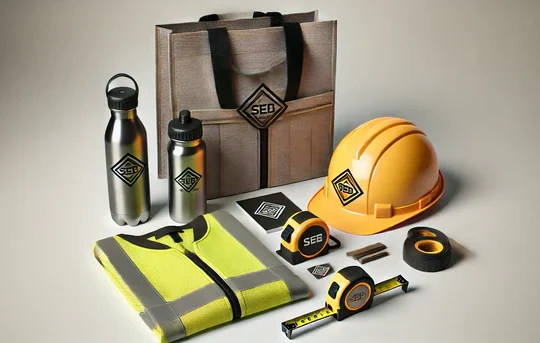
Bitcoin may have started the revolution, but it’s far from the only game in town.
If you’re new to crypto, you’ve probably heard the term “altcoins” tossed around like confetti—but what does it really mean? And how do you make sense of a world with thousands of tokens, each promising to be faster, fairer, or more decentralized than the last?
Let’s cut through the noise. This guide isn’t just about naming coins—it’s about navigating the altcoin universe with purpose.
Here’s your map to getting altcoins explained in a way that actually matters.
Step 1: Understand What an Altcoin Really Is
Altcoin = “alternative coin.” Simply put, it’s any cryptocurrency that isn’t Bitcoin.
But that’s where the simplicity ends. Altcoins come in all shapes, sizes, and philosophies:
- Some power decentralized apps (like Ethereum or Solana)
- Some protect privacy (like Monero)
- Some aim for fast payments (like Litecoin)
- Some run entire ecosystems (like Polkadot or Cosmos)
- Some are memes with momentum (like Dogecoin and SHIB)
The key? Altcoins aren’t a category—they’re a spectrum of experiments in what money, value, and technology can become.
Step 2: Ask the Right Questions, Not Just “What Should I Buy?”
Before jumping in, train your mind to ask deeper questions:
- What problem does this altcoin solve?
- Does it have a real user base or ecosystem?
- What’s the team’s track record?
- Are there governance or utility mechanisms?
- Is the tokenomics model sustainable or inflated?
- How does this coin fit into broader crypto trends (like DeFi, gaming, or AI)?
By shifting your focus from price to purpose, you filter out the noise and focus on coins with staying power.
Step 3: Recognize That Every Altcoin Is a Bet on the Future
Bitcoin is seen as digital gold—a hedge, a store of value.
Altcoins? They’re early-stage startups in disguise.
When you buy one, you’re making a bet that:
- This tech will get adopted
- This token will gain utility
- This network will scale and grow
It’s less about instant gains, and more about participating in the future of blockchain innovation.
When reading through altcoins explained, treat each project like a pitch. Would you back it if it were a startup?
Step 4: Diversify by Use Case, Not Just by Name
Owning five gaming tokens isn’t diversification.
If you’re going to explore altcoins seriously, consider cross-sector exposure:
- A layer-1 platform (e.g. Ethereum, Solana)
- A DeFi token (e.g. Aave, Uniswap)
- A privacy coin (e.g. Zcash, Monero)
- A data or oracle solution (e.g. Chainlink, The Graph)
- A governance token (e.g. Maker, Compound)
This gives your portfolio a functional balance, not just a list of random names.
Step 5: Understand That Volatility ≠ Weakness
Yes, altcoins are volatile. But that volatility reflects:
- Early adoption cycles
- Low liquidity
- High speculation
That doesn’t mean they’re doomed—it means you need to manage your expectations, scale your positions, and lean on strategies like DCA or staking to navigate the waves.
In fact, many blue-chip altcoins today were once considered too risky to touch.
Final Thought: Altcoins Are a Mirror of Crypto’s Creative Chaos
Altcoins represent the full imagination of what crypto could be. Some will fail. Some will fly. But all of them play a role in pushing the boundaries of decentralized tech.
The key isn’t to memorize every altcoin—it’s to build a framework for evaluating them.
And if you want to start exploring with confidence, get altcoins explained in plain language—without getting lost in jargon.
Because once you know what to look for, the altcoin space becomes less of a gamble—and more of a journey.




